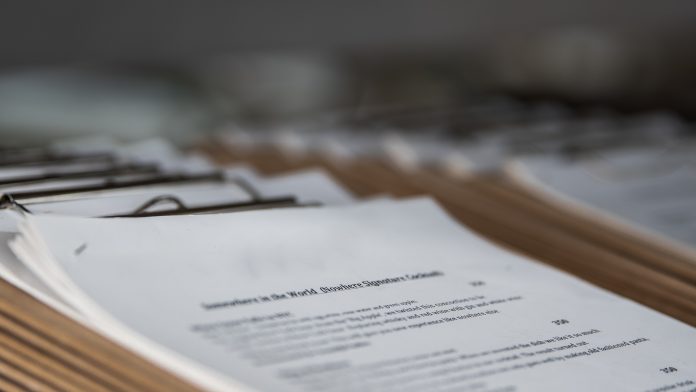Understanding the Corporate Sustainability Reporting Directive (CSRD) is the first step towards harmonised reporting. It offers a vast array of disclosure options.
Position Green, a provider of ESG software, advisory and e-learning, has offered some recommendations for successful data gathering for ESTS reporting.
At the core of ESRS reporting is the double materiality assessment. It’s essential to grasp where your company makes the most impact—positive or negative—and how these factors translate into business opportunities or risks. Dedicating time to understand the standards and disclosures is critical. Software can be beneficial for maintaining traceability and transparency in your double materiality assessment.
The latest ESRS draft adopted by the EU has minimised mandatory disclosures. ESRS 2 is compulsory for all entities, with ESRS 1 detailing how to perform and report the double materiality assessment in alignment with ESRS 2. However, the ESRS might not cover all material aspects for your business. It’s encouraged to add your topics where necessary. Not all disclosures of a material standard will be relevant to your business; they must be material from either an impact or financial perspective.
Utilising software like Position Green’s ESG platform can simplify data collection for ESRS. This software facilitates the organisation of both qualitative and quantitative data, enhancing transparency and collaboration, which is crucial since ESRS encourages data from diverse sources.
Historical data is a goldmine for understanding your reporting journey. By evaluating past reports, like the GHG Protocol Corporate Standard or GRI, you can identify gaps and opportunities, aiding in the creation of an ESRS-compliant roadmap.
Documentation throughout the process is crucial. It creates a foundation for future reports and eases the audit process. Detailed documentation is required for each material aspect, including targets, metrics, and future plans.
Reporting as per ESRS is a collective effort. It’s not just the sustainability team’s job anymore. Setting up a structured reporting process and defining roles for data collection and monitoring will streamline the task.
Collaboration is key, especially when collecting data from your value chain. Engaging industry peers and stakeholders in the data collection process decentralises reporting and fosters collaboration.
The culmination of your efforts is the sustainability statement, a clear and concise chapter in the management report that adheres to ESRS 1 guidelines and is uploaded to the European Single Access Point. It should be digitally tagged and prepared for both machine and human readers, ensuring clarity and comparability for subsequent reporting periods.
Position Green’s software streamlines the ESRS reporting process, combining human expertise with best practice features, keeping you ahead in your ESG reporting endeavours.
Read the full story here.
Keep up with all the latest FinTech news here.
Copyright © 2023 FinTech Global
Copyright © 2018 RegTech Analyst









